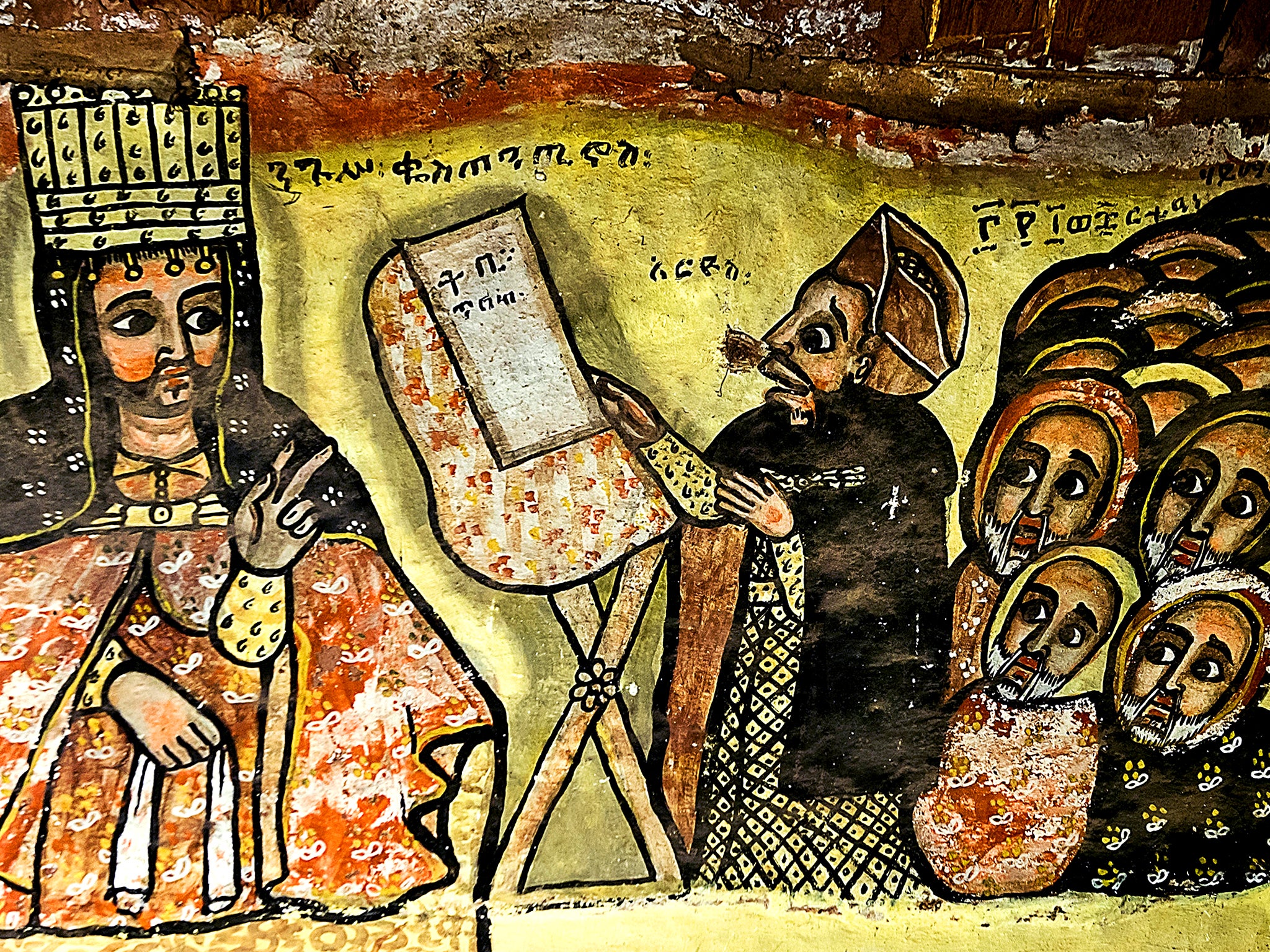A fourth century ‘culture war’ shows we’re not as divided as we think
Why does society feel so polarised when there is evidence to suggest this is not the case? Ryan Gilfeather explains

A large crowd gathers, seething with anger over the ignorant and harmful ideas of their opponents. They want to stamp out the power of the old regime for the good of the world. The group comes upon a statue honouring the outdated ideologies they have come to hate and tears it to the ground, shattering it to pieces.
This scene may sound familiar. So much like the demise of the Edward Colston statue in Bristol in 2020 and the Capitol riots in Washington DC. But I’m actually describing episodes from the eastern Roman Empire in the late fourth and early fifth century AD. Imagine zealous Christian monks tearing down statues of Greek gods, such as Artemis or Zeus, rather than anti-racism protesters or Maga fanatics.
It happened in a world dominated by the far-reaching Roman Empire, in which only elite men could receive an education and hold positions of influence, while ordinary people lived as craftsmen, traders and farmers or cared for their children. The previous century had been marked by plague and famine, but people in this time lived in relative safety. Very few read, so almost all went to listen to speeches on street corners, the public square and from the pulpit as a source of entertainment and learning. It was a very different time.
Subscribe to Independent Premium to bookmark this article
Want to bookmark your favourite articles and stories to read or reference later? Start your Independent Premium subscription today.
Join our commenting forum
Join thought-provoking conversations, follow other Independent readers and see their replies